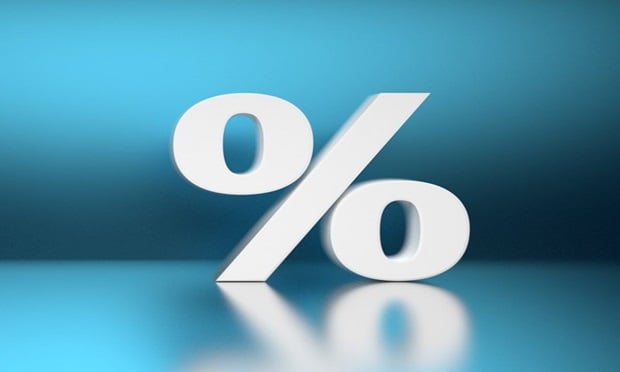CHICAGO- DLA Piper says 85% of the nearly 200 top executives they surveyed in April feel bullish about the real estate market. The law firm will release its 2013 State of the Market Survey today just before its 2013 Global Real Estate Conference, which takes place in Chicago on April 30. The findings stand in contrast to their previous survey from October 2011. Back then, only 30% of those surveyed felt optimistic.
“The economy isn't booming, and job growth has been only modest,” DLA Piper notes. Some executives “cite a strengthening economy, yet most don't expect to see a sustained, broad economic recovery lift real estate fundamentals this year. Instead, most cite low-cost financing afforded by artificially low interest rates and easier access to capital.”
“There's a lot of capital chasing deals,” Jay Epstien, the firm's chair of U.S. real estate, tells GlobeSt.com. And the slow recovery means that much of the capital will finance the purchases of existing property instead of new development. He points to New York's Sony Building, which was put up for sale late in 2012, as a good example. “The bidding escalated very quickly,” and it sold for $1.1 billion, far more than expected, especially for a building that, even though desirable, was widely acknowledged as needing improvements.
Still, “the economy is much better than it was the last time we met in 2011. It's more than a jobless recovery.” A year ago, there was very little development and most investors spent their money just trading buildings, especially multifamily projects. Today, however, “you're seeing a pick-up in the housing market as more people come out of rentals and want back into single-family houses.” As a consequence, executives' interest in multifamily deals has declined and money has at last started to flow back into new development. “This isn't a very complicated industry. It's all about supply and demand.”
Most executives, however, have modest expectations for the year. Among the survey respondents, many of whom are CEOs, CFOs or COOs, 68% feel that cap rates will remain steady while only about 19% think they can fall even further. The latter response “was a surprising answer,” Epstien adds. “How much lower can cap rates go?”
Another big change from last year's survey was that respondents now see healthcare facilities as the most attractive investment. “There's going to be a need for more real estate to support the sector as it grows under Obamacare.” In 2011, multifamily projects were the runaway favorite, with nearly twice as many executives choosing them over healthcare, but this year they slipped to a close second with industrials not far behind. “There's been a consistent supply of capital for multifamily properties, but now there's some concern that we've tipped over the supply curve.”
Want to continue reading?
Become a Free ALM Digital Reader.
Once you are an ALM Digital Member, you’ll receive:
- Breaking commercial real estate news and analysis, on-site and via our newsletters and custom alerts
- Educational webcasts, white papers, and ebooks from industry thought leaders
- Critical coverage of the property casualty insurance and financial advisory markets on our other ALM sites, PropertyCasualty360 and ThinkAdvisor
Already have an account? Sign In Now
*May exclude premium content© 2025 ALM Global, LLC, All Rights Reserved. Request academic re-use from www.copyright.com. All other uses, submit a request to [email protected]. For more information visit Asset & Logo Licensing.








